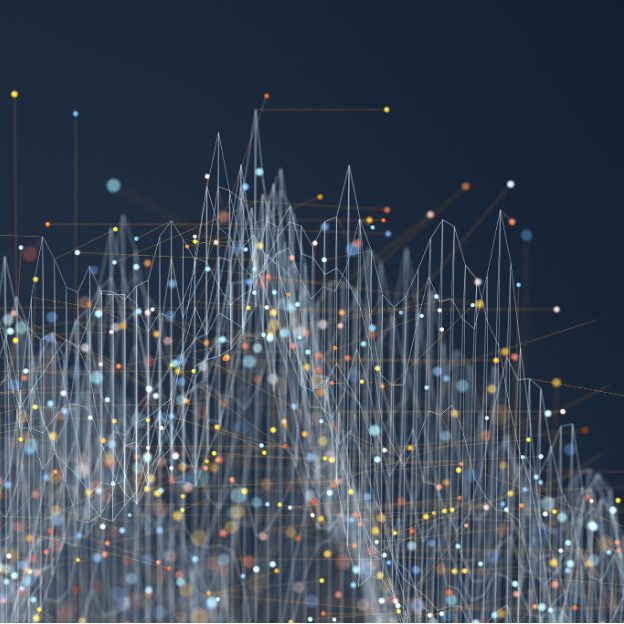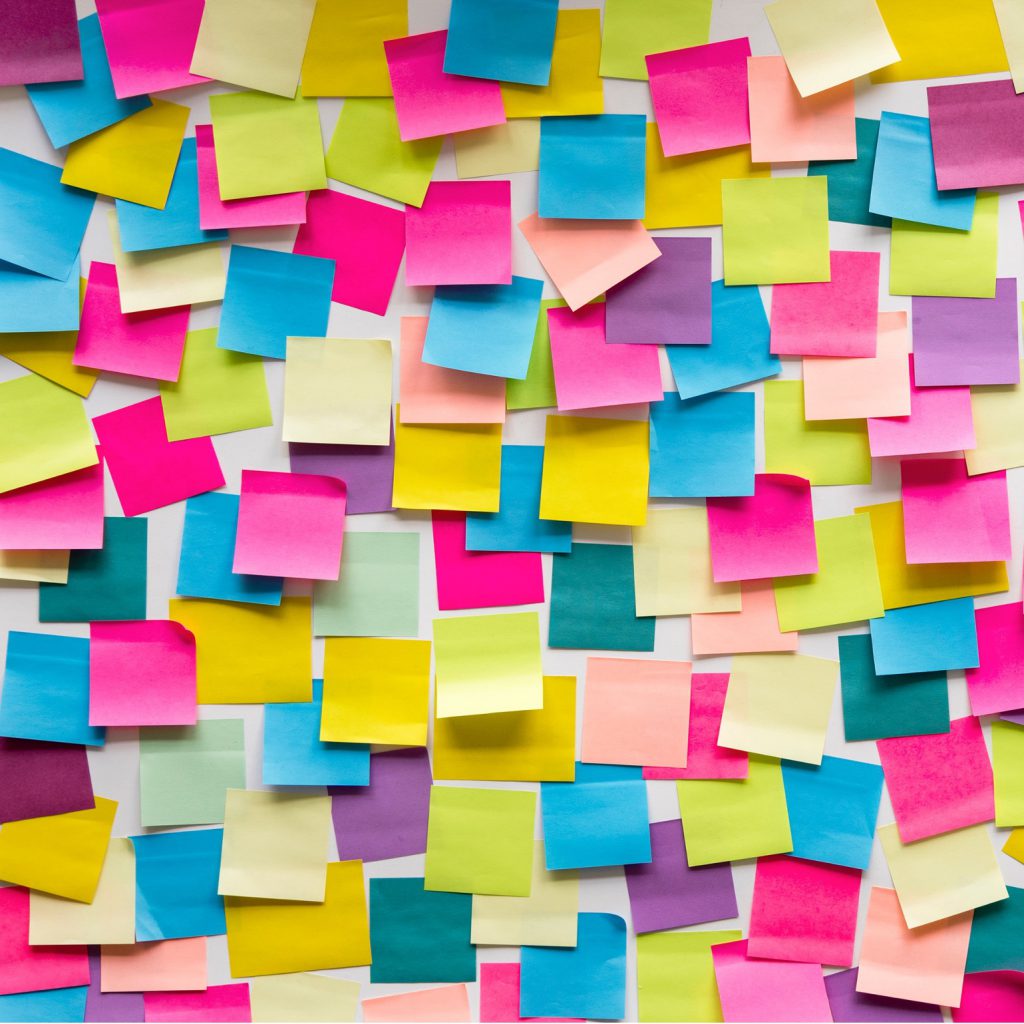Research is a process we use to learn about the world around us, including people. The process we use is called “the scientific method.” Using the scientific method, we ask questions, come up with predictions (hypotheses), test those predictions, make conclusions, and share the results. Then we ask new questions and the process starts over again.
Each stage of the research process has different tasks. Below is an overview of the research stages, with examples of some tasks we might do at each stage.
Research Stages

Search the Literature: What do we already know?
Tasks:
- Search for articles in databases, Google Scholar, etc.
- Read articles
- Summarize articles in a spreadsheet
- Write up a summary of what we know from previous research, what we still want to know (becomes introduction for paper & justification for current study)

Ask a Question: What do we still want to know?
Ideas for research questions come from: gaps identified in previous research, discussions with other researchers/community members, and your own lived experience
Tasks:
- Read research papers
- Participate in one-on-one or small group meetings with research team
- Participate in focus groups with community members

Make a Prediction (Hypothesis): What do we think will happen?
Hypotheses come from: gaps identified in previous research, discussions with other researchers/community members, and your own lived experience
Tasks:
- Read research papers
- Participate in one-on-one or small group meetings with research team
- Participate in focus groups with community members

Create a Procedure: What are we going to do to answer the question?
Tasks:
- Select information of interest to collect from participants
- Set inclusion/exclusion criteria (for example, limiting survey responses to people 18+)
- Choose how to measure the question we’re interested; create new ways, if needed
- Write up a standardized procedure/script to follow
- Review materials for clarity, accessibility, and inclusivity of language

Collect Data: Follow the procedure to test the hypothesis
Tasks:
- Recruit participants from the community; make sure the sample is “representative” of the population
- Obtain informed consent/assent and debrief participants
- Administer study measures

Analyze Data: What did we learn?
Tasks:
- Code videos (for example, watch videos and record how many times a certain behavior occurs)
- Enter data into spreadsheets
- Write scripts in statistical analysis programs

Publish Results: Share what we learned with others
Tasks:
- Write and edit a write-up of the research for publication in an academic journal
- Create posters/slide decks for presentations
- Create plain-language materials to convey findings to non-academic community
- Participate in talks/presentations
- Share materials with the community
- Create guide for collaborators

Feedback
Because RADAR’s research is a collaborative effort, ongoing feedback is important at every stage of the research process. This helps us learn what we did well and what we can do better next time.
Some questions we might want to be asking are:
- Was the process as accessible and inclusive as we intended it to be?
- Were there any people we left out, either as collaborators or participants?
- Were you able to participate in the parts you wanted to? If not, what were the barriers?
- Did you feel that your perspective was valued and your ideas/opinions were heard (even if we ultimately made a different decision)? If not, how can we improve?
- What were your favorite/least favorite parts of your involvement in the research process?
Questions? Contact us.

